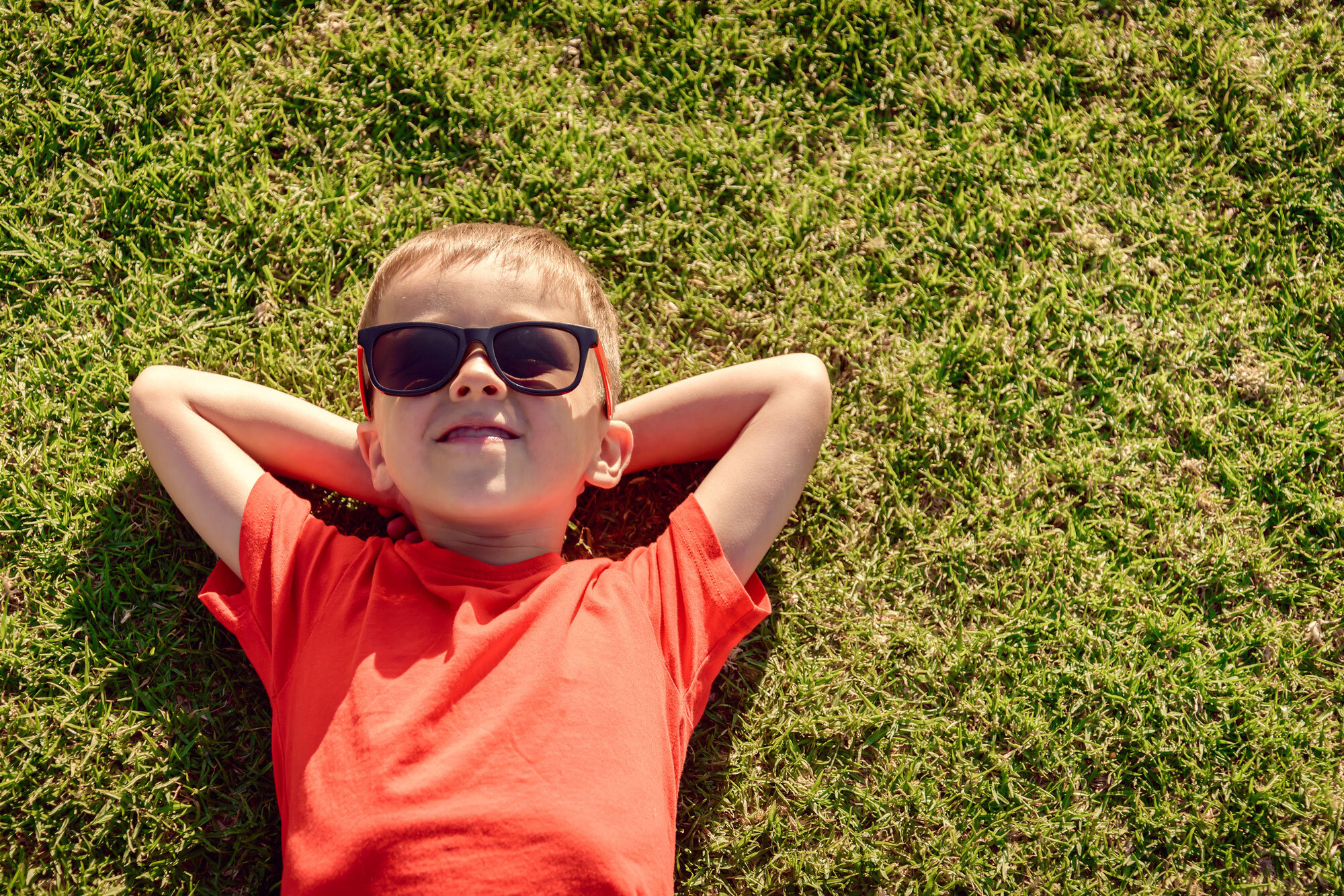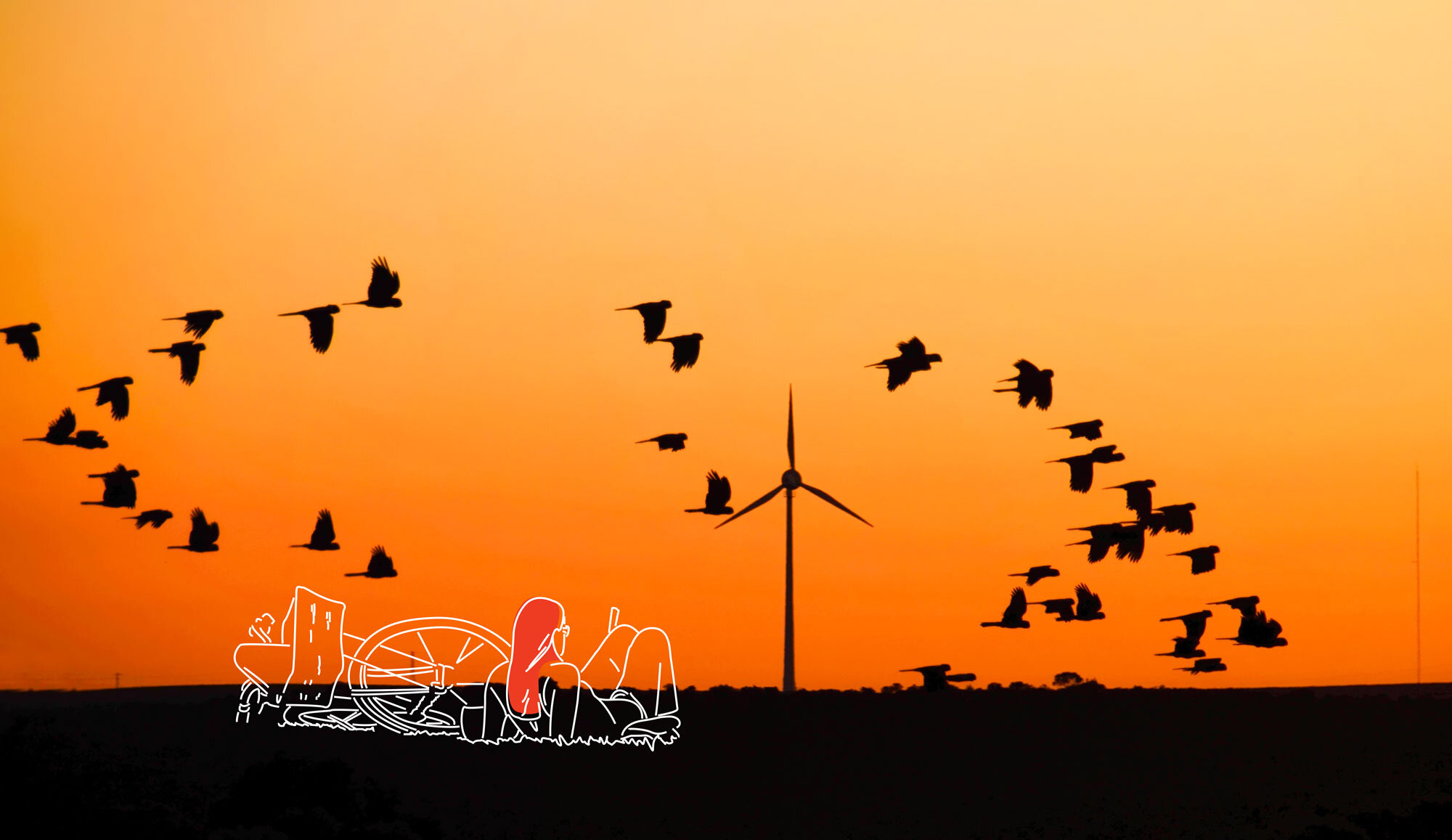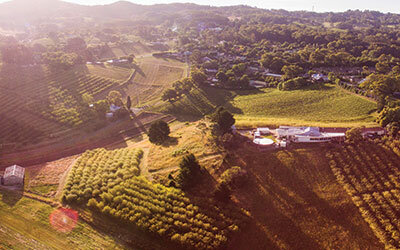
SHift 2
Strengthen our collective narrative around nature
From just educating or engaging to deepening and celebrating our unique relationship with nature as core to our identity as South Australians
Individually, we care deeply about the environment. More than 70% of South Australians visit a state or national park each year [2] (over 90% if beaches are included), and 94% of South Australians say conserving the environment is of critical importance. [3]
Unfortunately, this doesn’t often translate to our collective conversations about the future of our society or state, leaving the strong support base for conservation largely untapped. Nature doesn’t feature in our current list of state priorities and makes up only a small and shrinking part of our state budget, even though it underpins our health and wellbeing, so much of our economic, social and cultural fabric, and indeed our identity as South Australians.
To address this, the work of conservation and partner organisations needs to expand to publicly and continually strengthen our collective narrative around nature in all its forms. That means helping citizens find more ways to celebrate and connect with nature in positive, public ways, and tying these closely to how we appreciated and think about what’s special about South Australia.
This is not just responding to expressed community values. In an age of increasing urbanisation and technology, our culture is slowly forgetting the value of nature. Part of our role is to remind our community about how meaningful and therapeutic nature can be, in all its forms. We need to reinforce the notion that nature isn’t something that’s ‘over there’ that we visit occasionally or see in travel brochures, nor that it just ‘provides us services.’
We are nature. When we re-establish this as part of our western worldview we can re-establish the reciprocal responsibilities to nature that indigenous people have always had, we can begin to shift toward genuinely sustainable footing.
Some of this work is happening already through initiatives like Nature Play, Healthy Parks: Healthy People, but we need to broaden and strengthen this kind of work for adults and all communities.
We need festivals, public art, seminars, books, ambassadors, etc. We need groups of citizens celebrating our parklands and natural spaces. We need installations in our airports and city squares trumpeting the quiet, accessible gem of Morialta and the grand splendour of Arkaroola, and because nature benefits everyone, we need cross-sector partnerships collaborating to strengthen this narrative on behalf of the entire South Australian community.
The long-term effect of this work is to steward a community that can itself become better stewards of nature. By working in many and varied ways to reinforce our love of nature more strongly to our collective identity, we can end up in a place where people and politicians say ‘of course we respect and protect nature, that’s just what South Australians do’.
— ♢♢♢ —
2. SMK, 2016. South Australian Parks Visitation Survey 2016. DEWNR Technical note 2016/32, Government of South Australia, Department of Environment, Water and Natural Resources, Adelaide. https://data.environment.sa.gov.au/Content/Publications/South-Australian-Parks-Visitation-Survey-2016.pdf
3. Natural Resources Adelaide and Mount Lofty Ranges. South Australians and the Environment 2016. Report prepared by Harrison Research, Adelaide.
Image: BY CC Dan O’Cker via Flickr
Case study

Case study
Amongst It
Connection to nature and our state identity
Amongst it is a home-grown South Australian movement of community groups, state and local government, NGOs and individuals, dedicated to connecting South Australians to the remote and everyday nature of our state.
South Australia is at the forefront of the global transition to more sustainable ways of living; we are aiming to be the world’s first carbon neutral city; we’re world-leaders in revolutionary renewable energy projects; and our nature-based tourism industry has won us accolades in Lonely Planet.
And yet, a lot about our lives makes it harder to connect with nature in the everyday. We are working longer, spending more time inside, and are frequently distracted by our devices. We belong to a culture that idolises ‘the busy’. Connecting with nature has significant proven benefits for our wellbeing, both physical and mental and could provide the perfect antidote to our increasingly stressful lifestyles if we could just remember to connect.
Amongst it is a network of groups and individuals – from Arts bodies to local government, schools and small businesses – all aiming to connect more South Australians to the nature that surrounds us every day.
It’s also about amplifying all the great work already happening here in SA with programs like Nature Play – but it’s time for adults of all ages to get into it too.
We don’t need to travel far to find it-nature is here in our parks, streets and backyards. From the wilds of the Flinders, to the jacaranda outside your window, we are, already, Amongst it.
The Amongst it project has grown out of an obvious need to increase nature in the narrative of what it is to be South Australian, and to live in South Australia. Over 2017/18 the project will seek partners to join in on a year of experiments to try out a host of ways to invite South Australians to notice, get active in, or share in the beauty of local natural spaces. At the end of the year an evaluation of the many initiatives will be undertaken to help launch a more sustained movement, to improve the lot for nature conservation in SA.
In parallel, opportunities are being pursued to undertake research into the assumptions that underpin the change being sought by Amongst it.
— ♢♢♢ —
Case study

Case study
Healthy Parks, Healthy People
Health and Environment partnership
Healthy Parks Healthy People SA is a nature-based approach for population health and is supported by a first of its kind Public Health Partner Authority Agreement between the Department for Health and Ageing and the Department of Environment, Water and Natural Resources.
It is guided by a vision to ensure that all South Australians are connected to nature and recognise it as an integral component of their health and wellbeing. Contact with nature enriches our physical, psychological, social and spiritual health and wellbeing. The links between the natural environment and our own wellbeing have been understood for a long time.
Connection to Country is an important determinant of health for Aboriginal people, who have long understood and benefited from a strong reciprocal relationship with the land. This relationship is described by Aboriginal peoples through the term Caring for Country. Caring for Country centres on the relationships between Aboriginal peoples and their Country, and includes activities that reinforce and support relationships with their physical, cultural, social, economic, and spiritual environment. By using the word ‘care’, this activity acknowledges responsibility, ethics, emotion and connection with Country.
Numerous studies confirm the benefits that arise from Aboriginal people’s reciprocal relationship with their Country. Caring for Country activities also improve the health of Country, contributing to climate change mitigation, biodiversity monitoring, the protection of endangered species, landscape health and more. While the benefits of natural places have long been known, it is only relatively recently that park and health authorities have joined together to translate this knowledge into practical health initiatives, in particular preventing illness and promoting good health.
Healthy Parks Healthy People SA recognises that engaging with nature offers a host of opportunities for play, exercise, relaxation, learning, volunteering and social and community connection.
A central goal of this approach is conserving, protecting and promoting the benefits of nature, which relies on strong partnerships with different groups—Aboriginal, education, environment, health, primary industries, social inclusion and urban planning. As a first step, the campaign Five Ways to Wellbeing in Nature was launched December 2017.
— ♢♢♢ —
Image: CC BY NC Anthony Kernich
❯❯ More shifts









